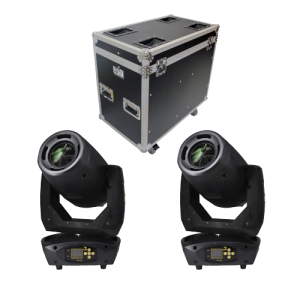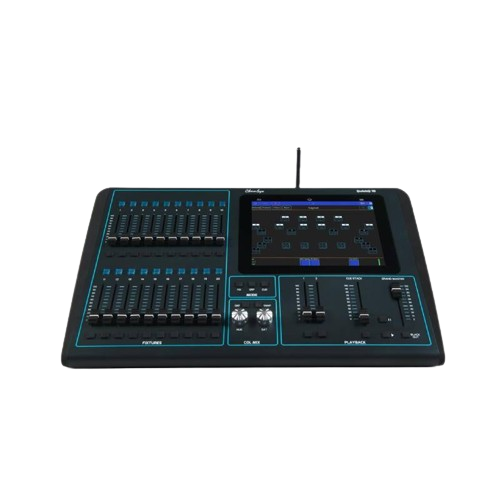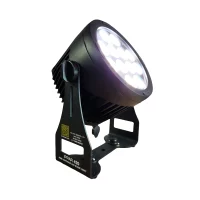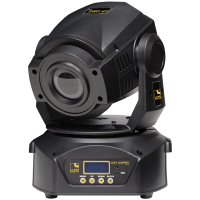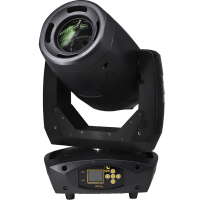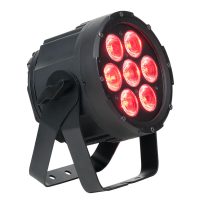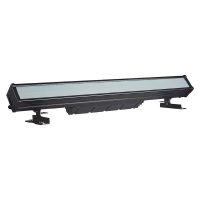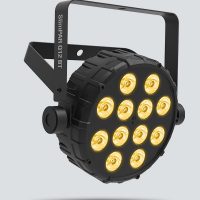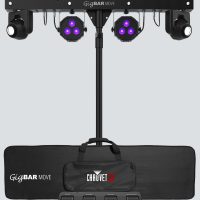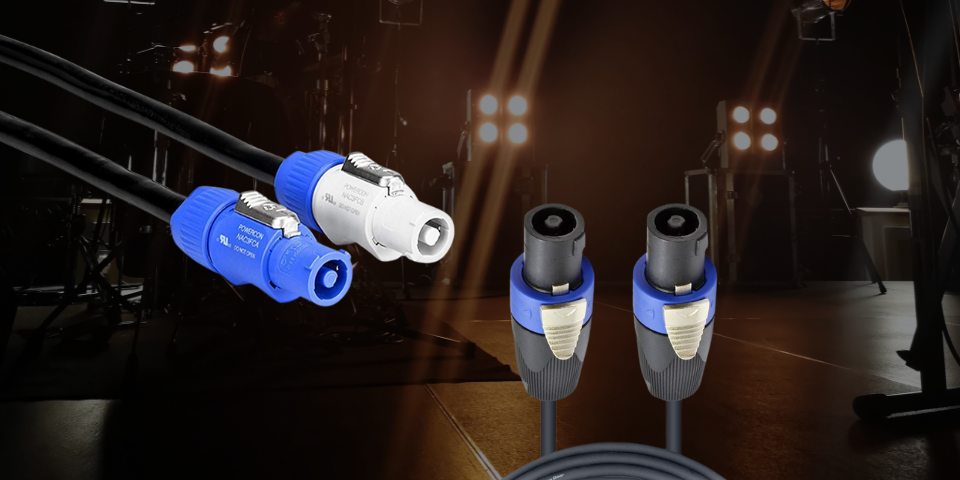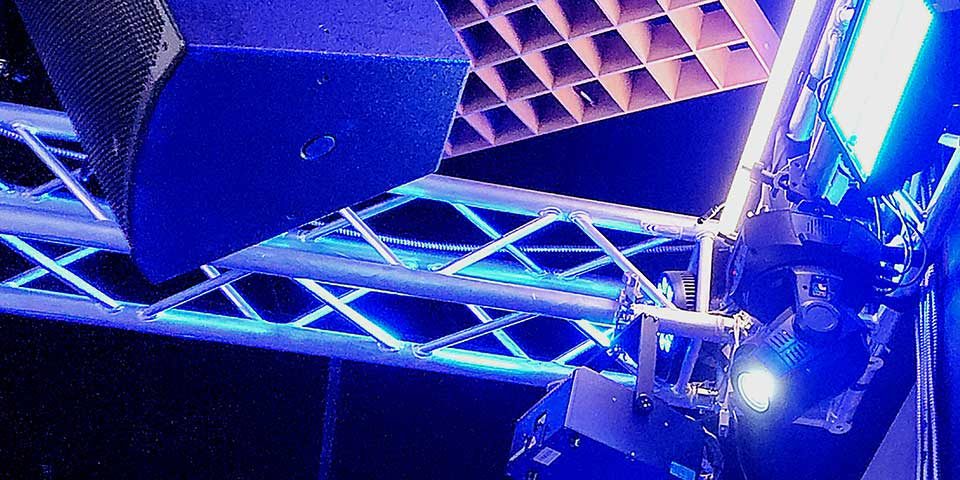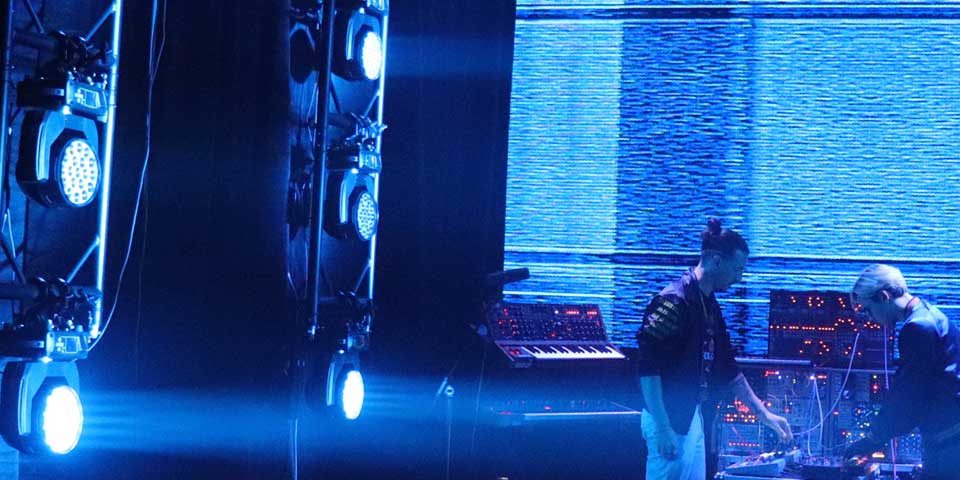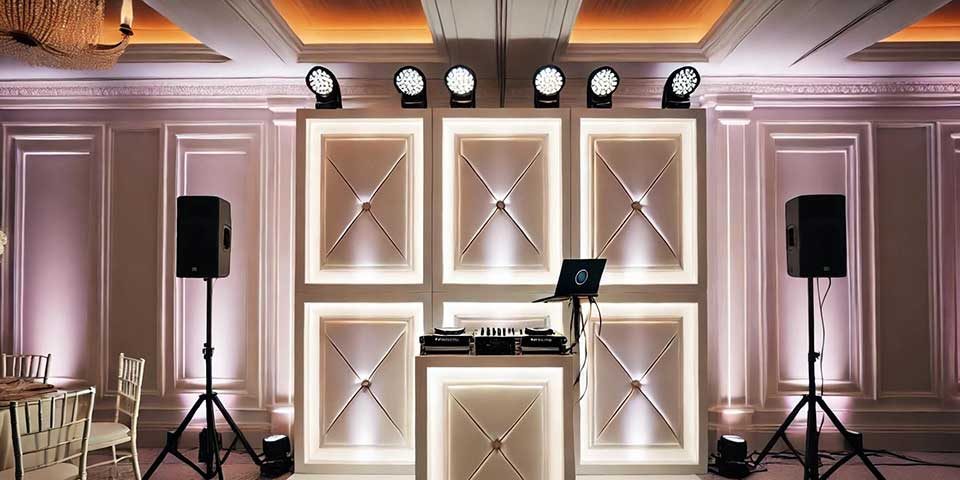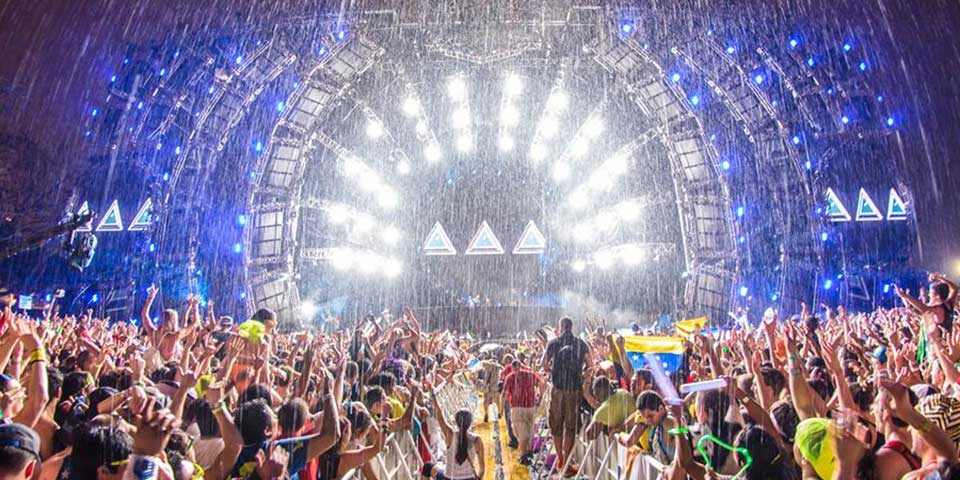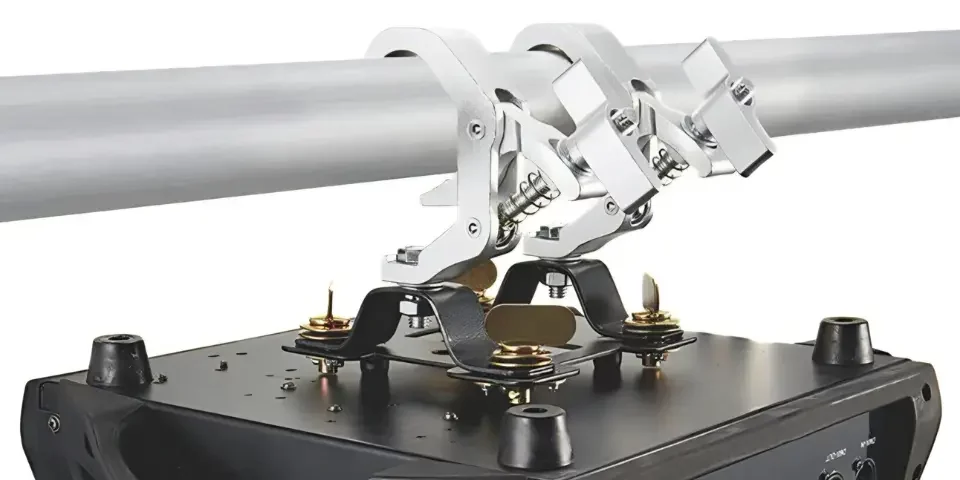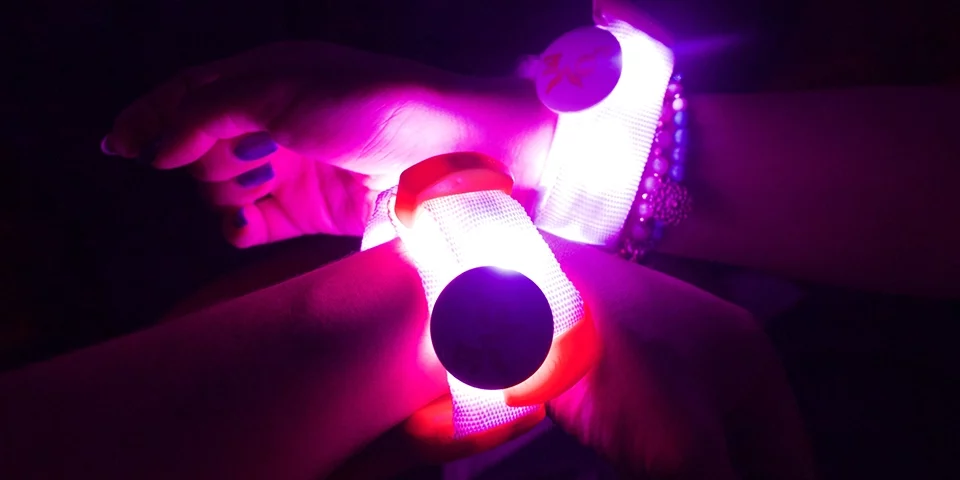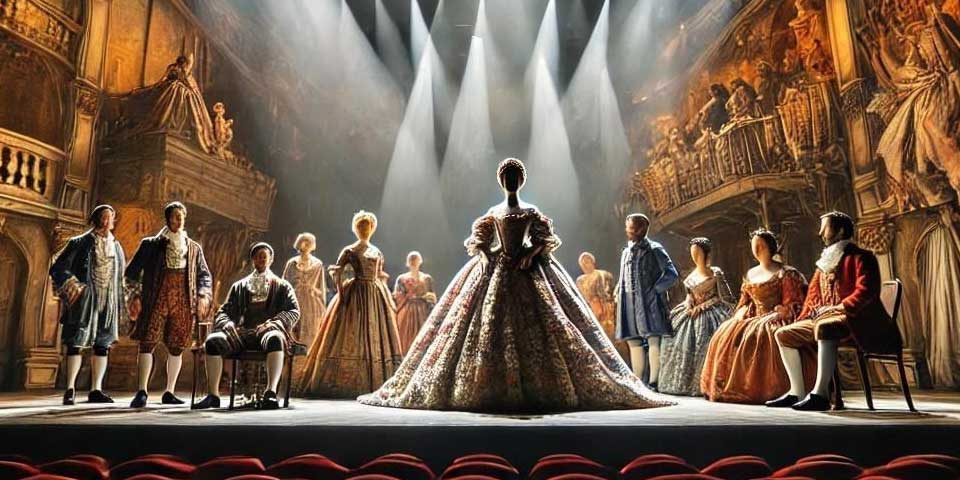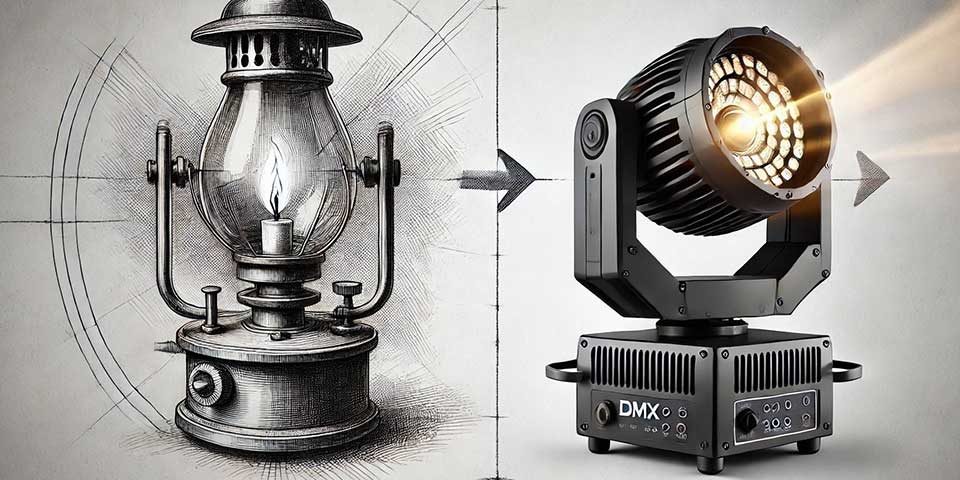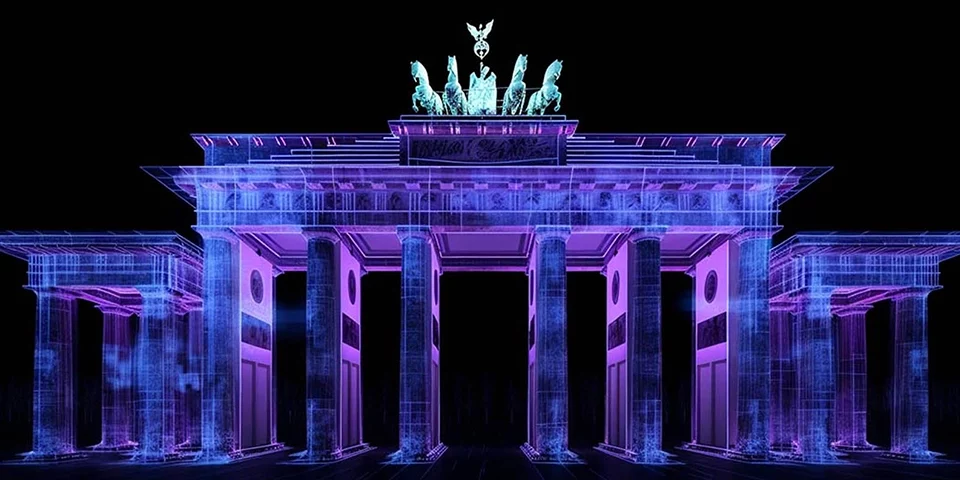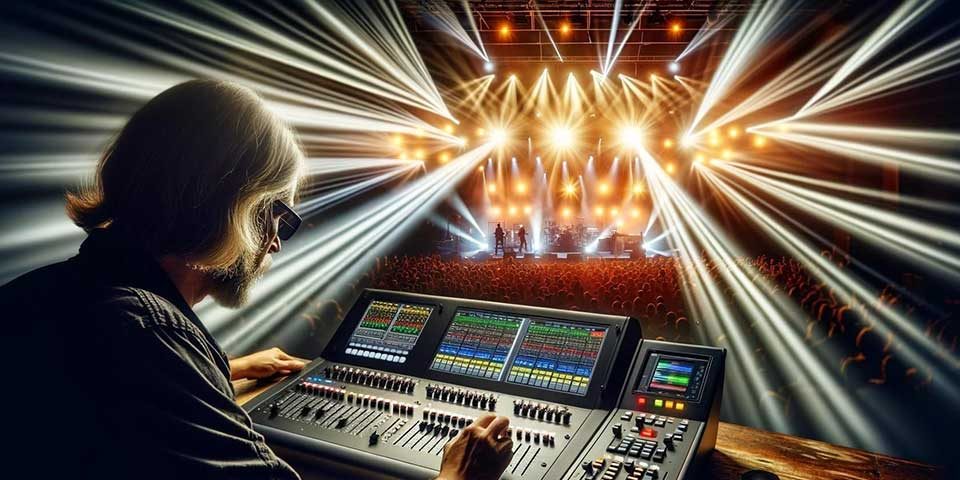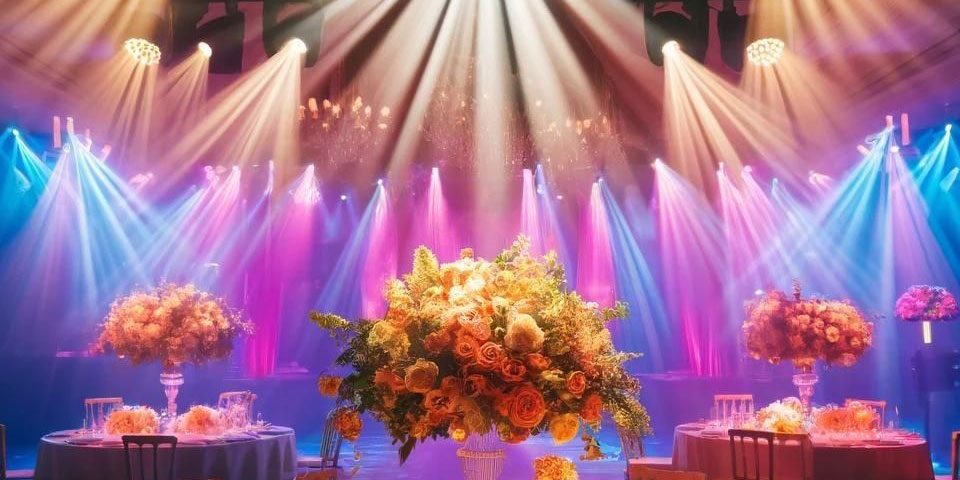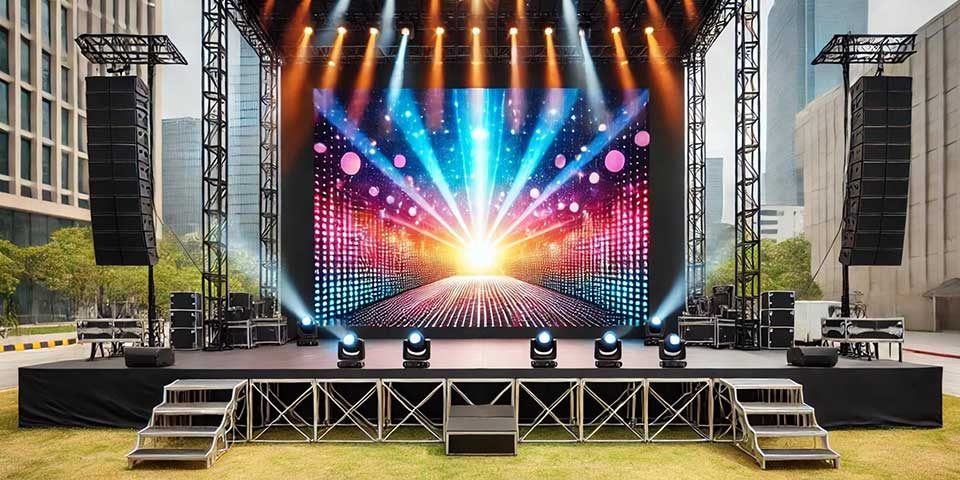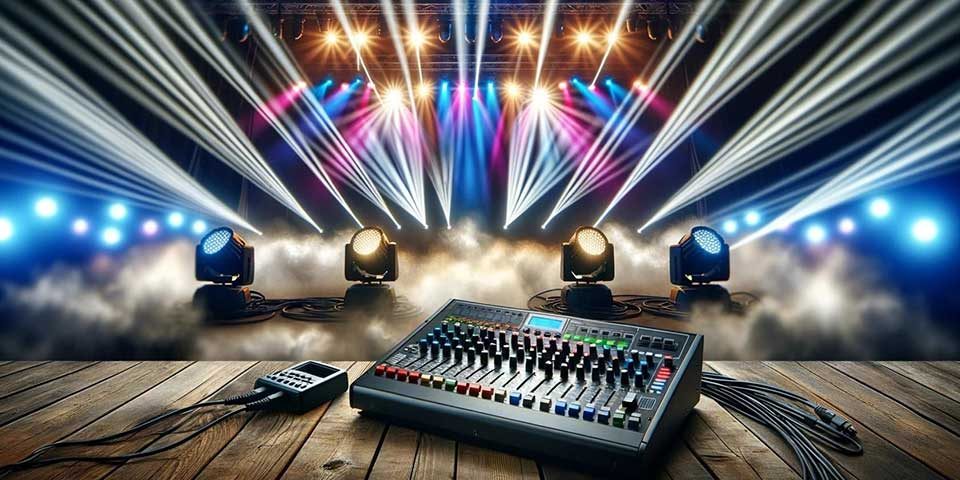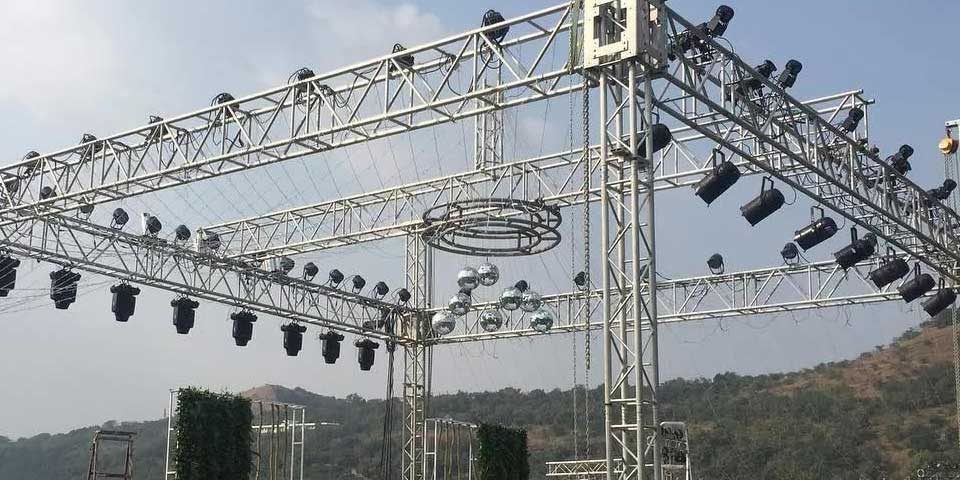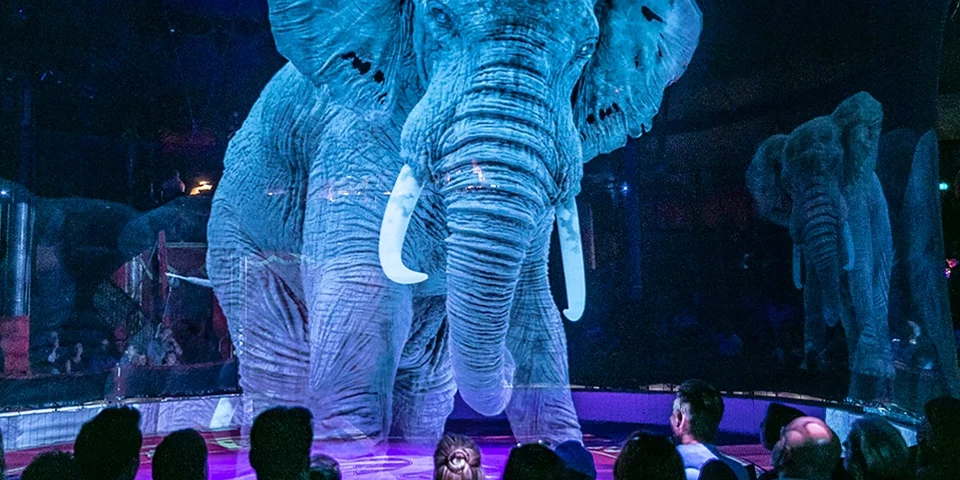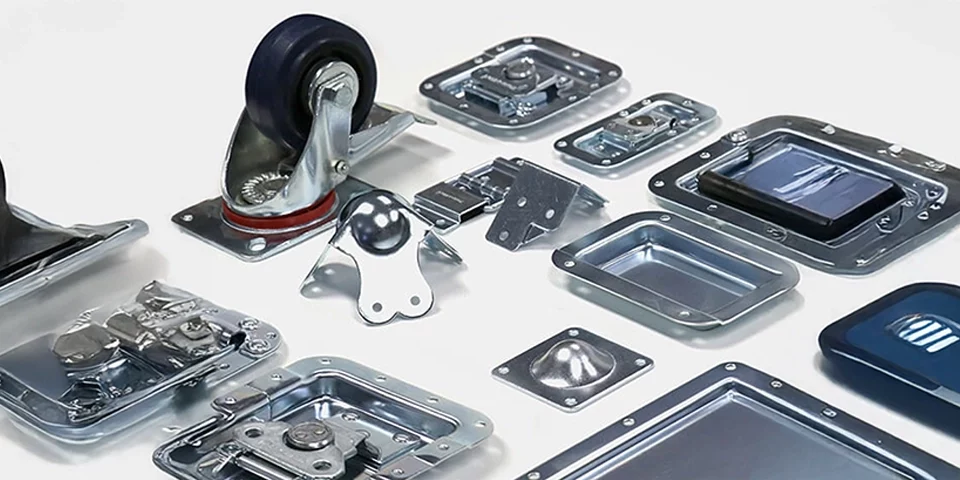
Best Wireless Microphone System: Which System Is Best for You?
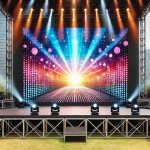
LED Big Screens for Stage: Mastering the Integration in Stage Design

Best Wireless Microphone System: Which System Is Best for You?

LED Big Screens for Stage: Mastering the Integration in Stage Design
The History of LED Stage Lighting: A Historical Overview and Technological Advancements
Stage lighting has always played a crucial role in shaping the atmosphere and enhancing the storytelling of live performances. From the early days of natural light to the modern era of LED technology, the evolution of stage lighting reflects the broader technological advancements in the theater and event production industries. This article explores the history of stage lighting, the transformative impact of LED technology, and the future trends that could shape the next generation of lighting design.
Introduction to the Evolution of Stage Lighting
Stage lighting has undergone significant transformations since its inception. Originally dependent on the sun or simple oil lamps, lighting for performances has become an intricate and highly technical field. Today, modern lighting systems use cutting-edge technology to create immersive experiences that captivate audiences and bring performances to life. Understanding this evolution helps us appreciate the technological leaps that have made today’s stage lighting possible.
Historical Overview of Stage Lighting
Early Beginnings with Natural Light and Gas Lighting
The earliest forms of stage lighting relied on natural light, especially in outdoor theaters such as those in ancient Greece and Rome. Performances were often timed to coincide with daylight, and the positioning of stages was crucial to maximizing sunlight exposure.
As performances moved indoors, especially in the 19th century, there was a need for artificial lighting. This led to the use of gas lighting, which allowed for performances at night and in enclosed spaces. Gas lighting, however, came with its own set of challenges, including safety concerns and the need for constant supervision to maintain the flame.
The Rise of Electric Lighting
The late 19th and early 20th centuries saw the introduction of electric lighting, a monumental advancement in stagecraft. Electric lights were safer, more reliable, and easier to control than gas lamps. The ability to dim lights and create different intensities revolutionized stage lighting design, allowing for more nuanced and dynamic productions.
However, early electric lights, such as incandescent bulbs, were still limited in terms of color versatility and energy efficiency. The industry needed a solution that could offer more flexibility and sustainability.
Introduction of Automated and Intelligent Lighting Systems
The mid-20th century introduced automated and intelligent lighting systems, which allowed for pre-programmed lighting sequences, synchronized with sound and other stage elements. These innovations enabled more complex and creative lighting designs, though they often required significant maintenance and energy.
As performances grew more sophisticated, the demand for a lighting solution that combined automation with energy efficiency and a broader color spectrum became apparent—paving the way for the LED revolution.
The Impact of LED Technology on Stage Lighting
Advantages of LED Stage Lighting
LEDs, or Light Emitting Diodes, have dramatically changed the landscape of stage lighting since their introduction. Unlike traditional incandescent bulbs, LEDs are highly energy-efficient, consuming significantly less power while providing equal or greater light output. This efficiency translates into cost savings on electricity bills, making LEDs an attractive option for theaters and event venues.
LEDs also offer unparalleled design flexibility. They can produce a wide range of colors without the need for additional gels or filters, allowing for more creative lighting effects. Additionally, LEDs have a much longer lifespan compared to traditional bulbs, reducing the frequency of replacements and lowering maintenance costs.
Example: The Elation SixPar 200
A prime example of modern LED stage lighting technology is the Elation SixPar 200. This fixture features 12 x 12W RGBAW+UV LEDs, providing a rich palette of colors and the ability to create stunning visual effects. The SixPar 200 is not only energy-efficient but also versatile enough to be used in various settings, from small theaters to large concert venues. Its durability and ease of use make it a go-to choice for lighting designers looking to enhance their productions with advanced LED technology.
Current Applications of LED Lighting in Theater and Events
Versatility Across Different Settings
One of the key advantages of LED lighting is its versatility. Whether for intimate theatrical productions, corporate events, or large-scale concerts, LED lights can be adapted to suit any environment. Their compact size, lightweight design, and ability to produce a wide range of effects make them ideal for both permanent installations and temporary setups.
LEDs are particularly valued for their ability to change colors quickly and accurately, allowing lighting designers to create dynamic scenes that enhance the storytelling and emotional impact of performances. This adaptability is crucial for event planners and venue operators who need lighting solutions that can meet the diverse demands of different events.
Sustainability and Cost-Effectiveness
In an era where sustainability is becoming increasingly important, LEDs offer a more eco-friendly alternative to traditional lighting. They consume less energy, produce less heat, and contain no harmful substances like mercury, making them safer for both the environment and the people who handle them.
From a financial perspective, LEDs provide long-term cost savings. Their lower energy consumption and reduced need for frequent replacements result in lower operational costs, making them a budget-friendly option for venues of all sizes.
Future Trends in Stage Lighting
Emerging Technologies
As LED technology continues to evolve, new lighting innovations are on the horizon. One such innovation is laser diode lighting, which promises even greater efficiency and brightness than LEDs. Laser lighting systems, for example, can achieve beam divergence as low as 0.1 degrees, allowing for more precise control over light distribution and the ability to cover longer distances with less power.
Other emerging technologies include organic LEDs (OLEDs). These offer significant advancements over traditional LED panels in terms of form factor. OLEDs are typically as thin as 0.2 millimeters (0.008 inches), compared to conventional LED panels that can be several centimeters thick. This thinness allows for lightweight and flexible designs, with OLED panels weighing as little as 100 grams per square meter (compared to several kilograms per square meter for traditional LED panels). The lightweight nature of OLEDs makes them easier to install in challenging or unconventional spaces, such as curved surfaces or portable setups.
Advancements in smart lighting systems are also noteworthy. Modern smart lighting can be controlled wirelessly via apps or integrated control systems, allowing for real-time adjustments during performances. These systems can manage everything from color changes to intensity and can be integrated with other stage technologies, such as automated rigging and sound systems, creating a seamless and synchronized performance environment.

The Continuing Evolution of Stage Lighting
The future of stage lighting is bright, with continuous advancements expected to enhance the capabilities of lighting designers and production teams. As technologies like laser diode lighting and smart systems become more mainstream, we can expect even more innovative and immersive experiences in theaters and event venues.
conclusion
The evolution of stage lighting from natural light to modern LED systems reflects the broader technological advancements in the world of theater and live events. LED technology, with its energy efficiency, design flexibility, and sustainability, has transformed how lighting is used in productions. As we look to the future, emerging technologies promise to push the boundaries even further, creating new opportunities for creativity and innovation in stage lighting.
For those involved in theater production, event planning, or simply passionate about live performances, staying informed about these trends and advancements is crucial. Whether you’re looking to upgrade your lighting system or simply curious about what’s next, the world of stage lighting is evolving faster than ever before.
ChamSys QuickQ 10 DMX Controller
• Modeled on smart phone icon interface and gesture support
• Intuitive interface allowing simple control of all fixture attributes
• The interface supports gestures such pinch zoom and scrolling
• The interface on the remote app is identical to that on the console display so that you can easily swap between the two



